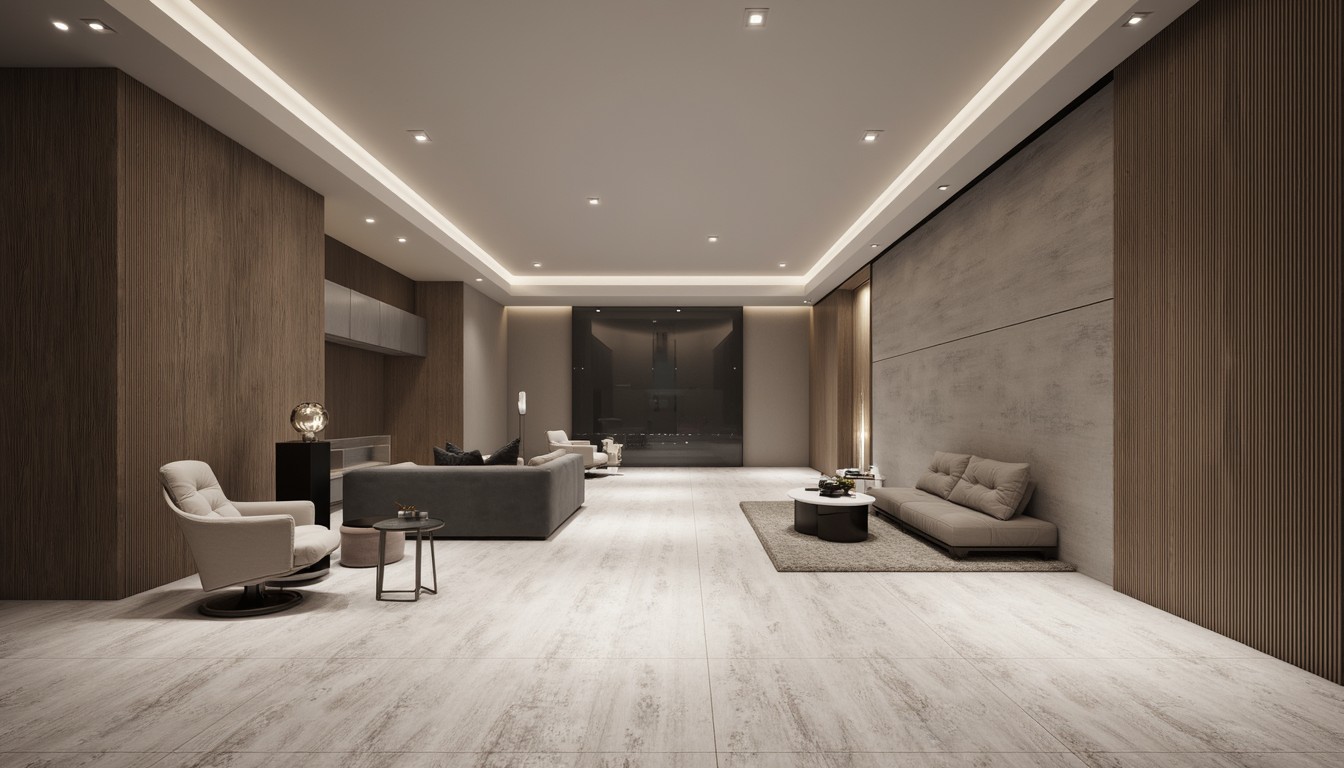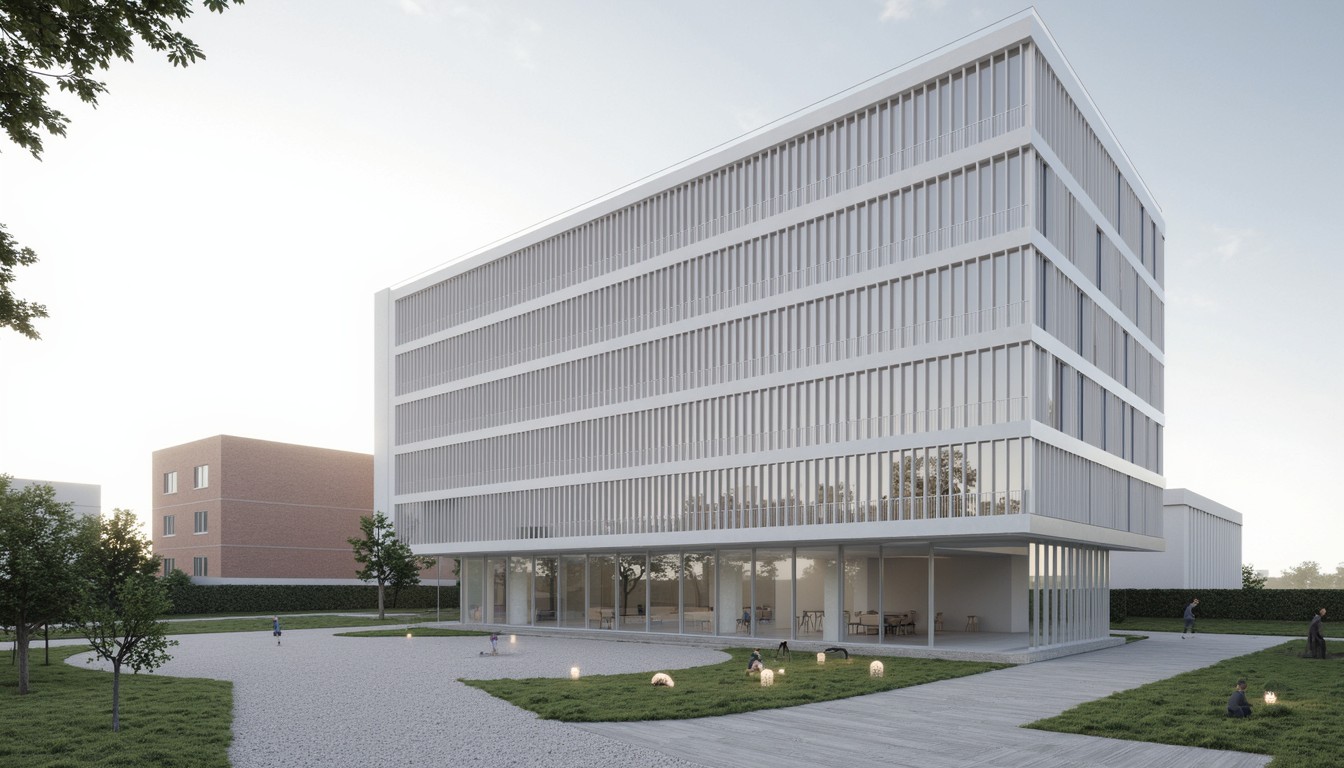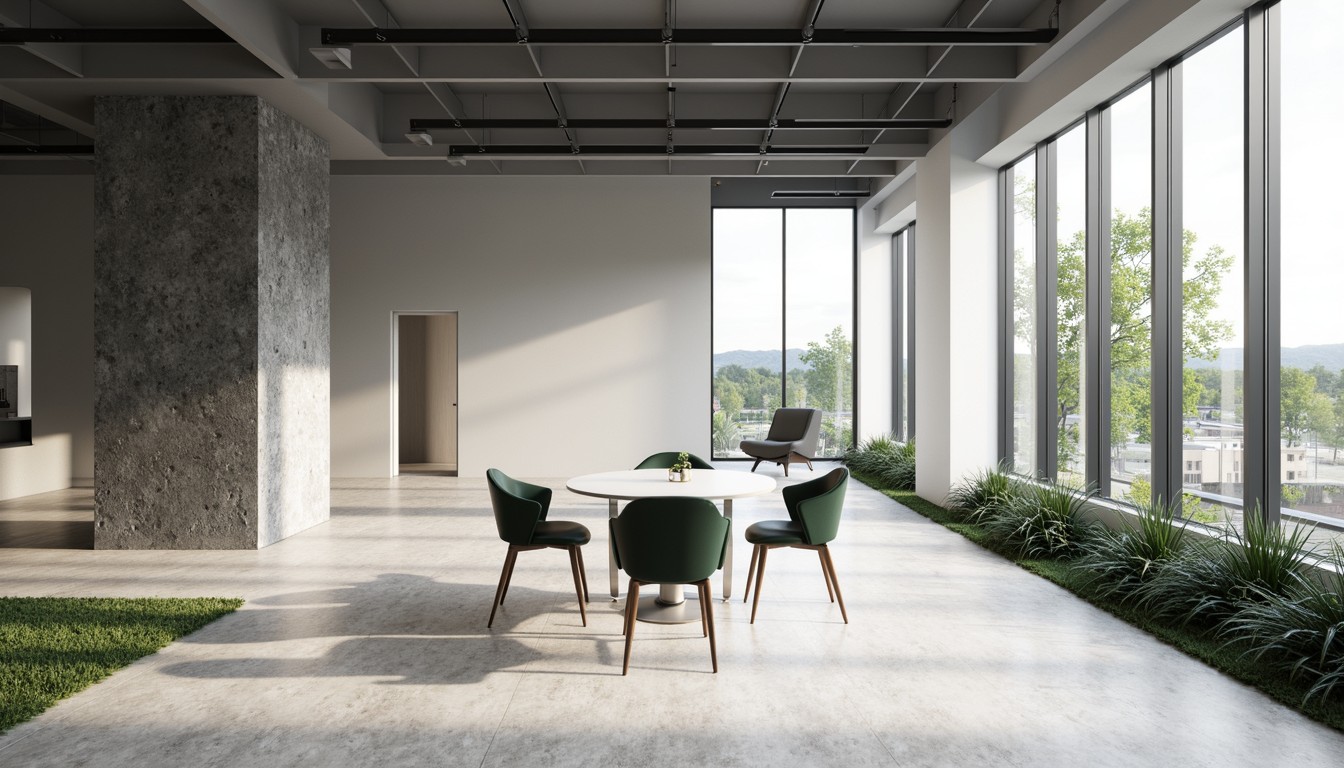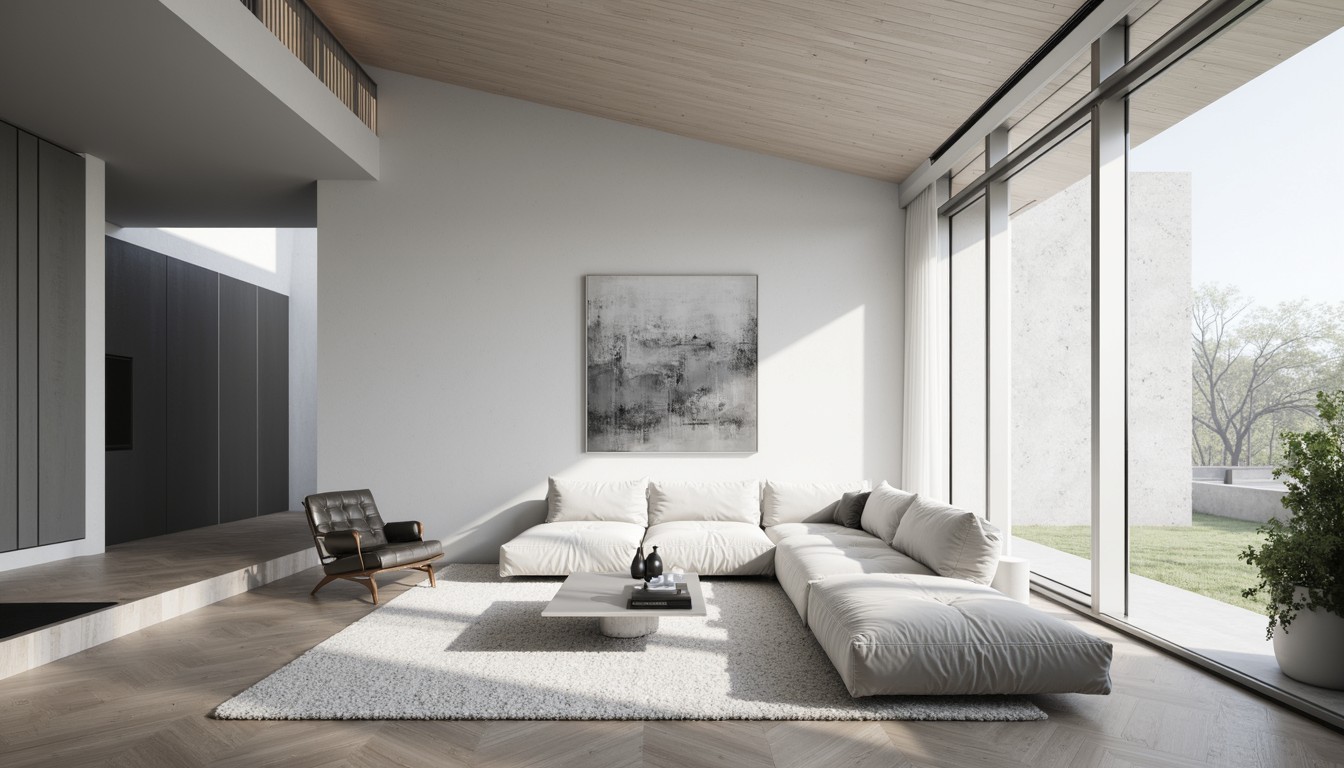Digital Transformation: Revolutionizing Architectural Design
The architecture industry is undergoing a profound digital transformation, driven by advancements in software, hardware, and data processing. This shift is not merely about adopting new tools; it's about fundamentally changing how architects design, collaborate, and deliver projects. This article explores the key aspects of this transformation and how ArchNav is at the forefront of this exciting evolution.
BIM: The Foundation of Digital Architecture

Building Information Modeling (BIM) has become the cornerstone of digital architecture. It's more than just 3D modeling; BIM creates a digital representation of the physical and functional characteristics of a place. This intelligent model contains data about every aspect of the building, from structural elements to MEP systems and materials. This data-rich environment allows for:
- Improved Collaboration: Multiple disciplines can access and work within the same model simultaneously, reducing conflicts and improving coordination.
- Enhanced Design Analysis: BIM enables architects to perform simulations for energy efficiency, structural performance, and constructability, leading to optimized designs.
- Reduced Errors and Costs: Detecting and correcting errors early in the design phase minimizes costly rework during construction.
- Better Project Management: BIM facilitates better scheduling, cost estimation, and resource allocation, leading to improved project delivery.
Beyond BIM: Emerging Technologies

While BIM forms the foundation, other technologies are rapidly transforming the architectural landscape:
Virtual Reality (VR) and Augmented Reality (AR): Immersive Experiences
VR and AR technologies are revolutionizing how architects present and experience their designs. VR allows clients and stakeholders to virtually walk through a building before construction even begins, offering an immersive and engaging experience. AR overlays digital information onto the real world, enabling architects to visualize designs on existing sites and assess their context.
Generative Design: AI-Powered Creativity
Generative design leverages artificial intelligence (AI) algorithms to explore a vast number of design options based on specified parameters. This empowers architects to explore unconventional solutions and optimize designs for specific performance criteria, pushing the boundaries of creative possibilities. ArchNav utilizes cutting-edge generative design techniques to create truly innovative and efficient designs.
Digital Twins: Real-Time Building Performance
A digital twin is a virtual replica of a physical building, constantly updated with real-time data from sensors and other sources. This allows architects to monitor building performance, identify potential problems, and make informed decisions about maintenance and upgrades, contributing to sustainable building practices.
Cloud Computing and Collaboration Platforms: Seamless Teamwork
Cloud-based platforms enable seamless collaboration among architects, engineers, contractors, and clients, regardless of their geographical location. These platforms provide secure access to project data, facilitating efficient communication and streamlining the design process.
Real-World Applications and Case Studies
The impact of digital transformation is evident in numerous projects worldwide. For example, the use of BIM in the construction of the Burj Khalifa significantly improved project coordination and reduced construction time. Similarly, the use of VR in presenting designs to clients has enhanced communication and resulted in more informed decisions.
ArchNav has been instrumental in numerous projects leveraging these technologies, consistently delivering exceptional results for our clients. We have successfully integrated BIM, VR, and generative design techniques to create stunning visualizations and optimize building performance. Our case studies showcase the tangible benefits of this digital transformation.
Challenges and Considerations

While the benefits of digital transformation are undeniable, architects face certain challenges:
- Cost of Software and Training: Implementing new software and training staff can be expensive.
- Data Management and Security: Managing large datasets and ensuring data security are crucial considerations.
- Integration of Different Software: Seamless integration between different software packages is essential for efficient workflows.
- Maintaining Human Touch: While technology enhances efficiency, maintaining the human element in design is crucial.
ArchNav: Your Partner in Digital Transformation
ArchNav is committed to embracing and pioneering the digital transformation of architecture. We leverage the latest technologies, including BIM, VR, AR, and generative design, to deliver exceptional visualization services. Our team of experts possesses in-depth knowledge and experience in these technologies, ensuring that our clients receive the highest quality results. We are not just providing visualizations; we are partners in shaping the future of architecture.
Contact ArchNav today to learn how we can help you leverage the power of digital transformation to achieve your architectural vision.
